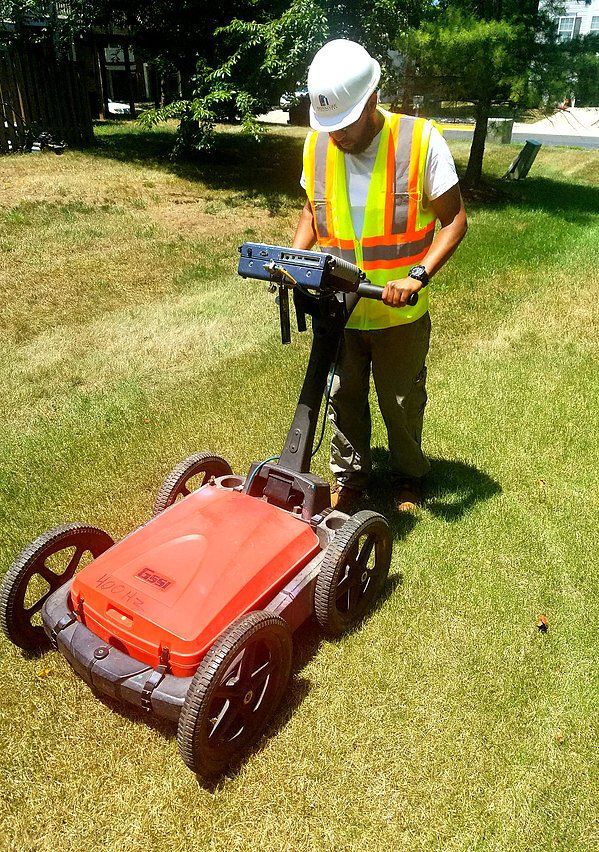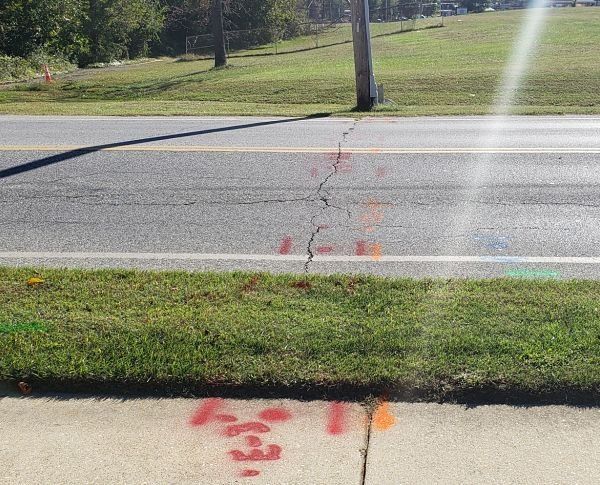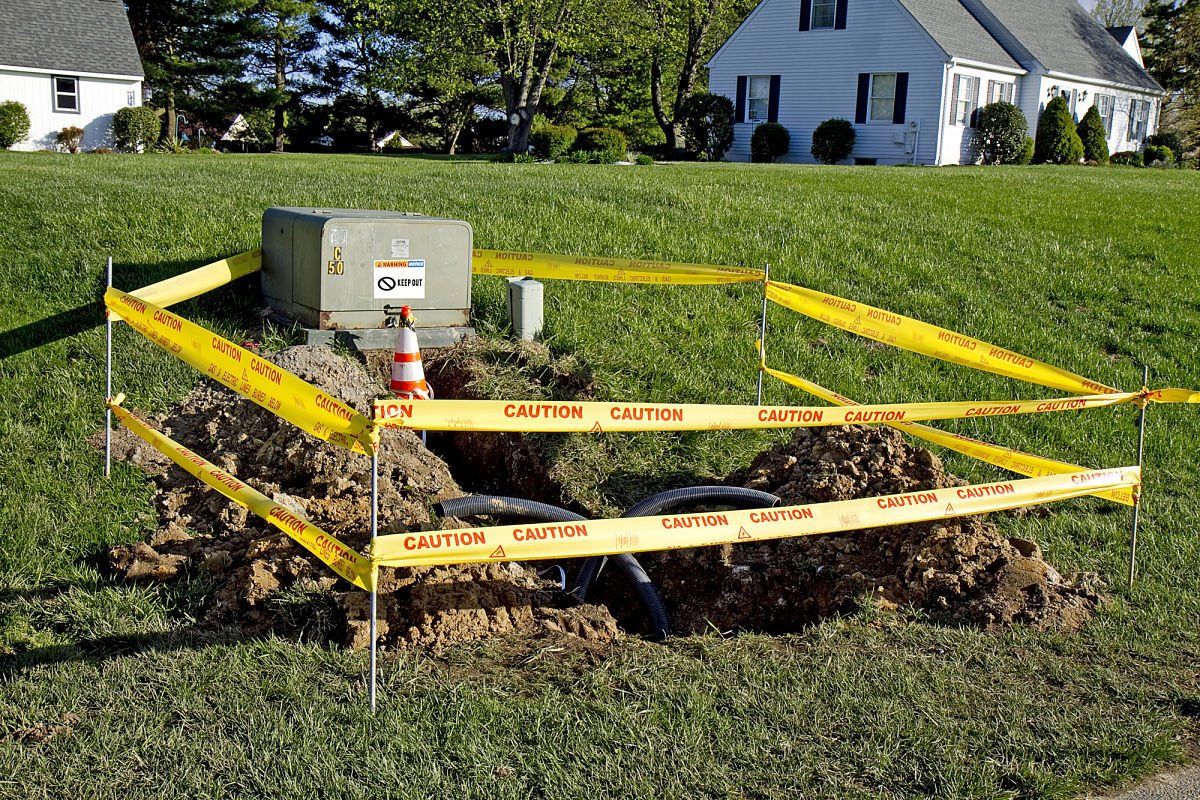RADIO FREQUENCY LOCATING
How we leverage radiolocation for utility line detection
Benefits of Radiolocation for detecting utilities underground
Radiolocation (also called Radio Frequency Locating in our world) is a term that refers to the ability to find out the position or the direction of an object by receiving and analyzing its radio signals. This technology has evolved from being used merely as a military tool to something very common in our everyday life. It's an essential tool in our arsenal as experts in private utility locating services.

What is it? How does it work?
Radio Frequency Locating, also known as radiolocation, is a technique that uses the signal transmitted by a device to find its exact location. The devices used in radio locating can be anything with active transmissions, such as cell phones, wireless modems or underground line detection machines.
There are other ways of finding out where devices are located, but this one doesn't rely on being able to see the device or having an idea about where the person or object might be, which makes it worthwhile when trying to pinpoint a specific object's location at any given time.
Radiolocation works by comparing the time a signal takes to go from a transmitter to a receiver with the time it takes for signals from at least two other transmitters; therefore, it can measure distance.
What's it commonly used for?
Obviously, we leverage this technology for detecting utility lines underground. But radiolocation is mainly important as a life-saving technique, such as in airplane and car accidents. One example of where the technology has been used as part of law enforcement would be to find missing children or criminals who are actively avoiding authorities by not having any active devices which transmit locations (such as cell phones).
Another way that radiolocation is beneficial is with people suffering from Alzheimer's disease who wander off and get lost. Radiolocation can also be used in hospitals so that doctors know exactly where a patient's room is located without guessing based on landmarks or descriptions that don't always accurately describe the way there.
What is the most common problem with Radio Location?
The main problem is that it's not always accurate and often results in false alarms for other people or objects that happen to be close by. This is a difference between radio frequency and ground penetrating radar. That's why we leverage both!
This would generally mean that areas with multiple buildings or tall objects can cause issues where it's harder to pinpoint locations accurately because there are more obstructions than usual.
Another common hindrance is called multi-path error, which occurs when a signal bounces off something before reaching the receiver, causing two separate signals that are slightly offset. Both these problems can be overcome by having complex algorithms determining location, but this comes at the cost of using up more processing power which is why most cell phones use the more straightforward method and rely on triangulation.
How accurate is it?
In small scale applications like utility detection, accuracy depends on depth. Since most utility lines are within 10 feet of the surface, we have about 95% confidence in the location of the line being within 1 foot of the marked location.
For large scale operations using radio locating, accuracy depends on many factors. Locating a person, for example, can be done within 30 meters using radio frequency with 95% confidence. However, if you are searching for larger object, multiple objects, or multiple people, this range increases to about 100 meters.
How far down underground can it reach?
For general purposes, RF location is several feet deep underground. It truly depends on which frequency is used. Longer radio waves (lower frequencies) can travel further underground, but provide less clarity on the exact location and size of objects. Shorter radio waves (aka higher frequencies) do not travel as deep underground, but can provide a crystal clear picture of what is there.
In the case of utility marking, RF scanners are used simultaneously with several other items to ensure we capture all conductive metals underground. And since we can adjust the radio frequency on our devices, it's never a problem determining the exact depth and location of these metal lines.
How is RF different?
In the world of utility marking and locating, RF signals are limited in what they can do. That's why it's always used in conjunction with other equipment when we're on site. The biggest downfall of RF is that it can only be used to locate conductive materials underground. So it's powerless when trying to find PVC pipes.
In other world applications, it has benefits and downfalls for general location ability.
Other methods such as global positioning system (GPS) and cellular triangulation use satellites or towers to get locations which means they don't always work inside buildings, but radiolocation can be used in almost any environment so long as something is transmitting wireless signals nearby.
Every type of technology has its strengths and weaknesses depending on what it needs to do.
For example, GPS requires line-of-sight with at least three satellites before the receiver can determine where it is but this method would not work underground due to interference with the target device. In contrast, radiolocation could track someone hiding in a subway car during an hour when cell phone reception might be blocked.


